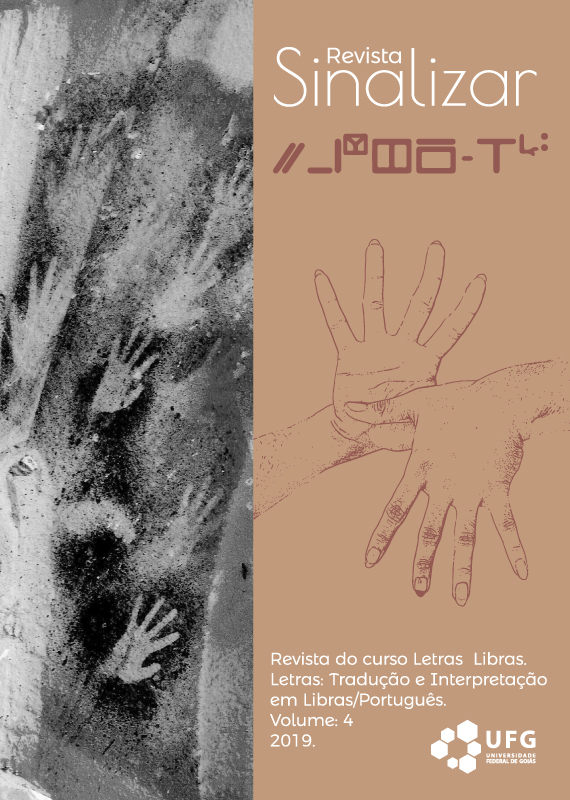The interface between language appropriation and sign language for deaf people
DOI:
https://doi.org/10.5216/rs.v4.58475Keywords:
Bilingualism, Deaf, Language, Sign LanguageAbstract
This paper approaches language appropriation by the deaf, pointing out the relevance of the role of Libras in their familiar, scholastic, and social interactions. The discussions are based on Vygotsky’s social-historic theory, according to which the development of language happens when boosted by human interactions. From that theoretical perspective, questions were raised on the effects of privation from Sign Language in deaf children, a gap that stops them from reaching a similar development to that of hearing children because they have no access to a full language. In addition to the need for a deaf child to have access to a Sign Language since a young age, we also point out the importance of nurture in bilingual familiar, scholastic, and social environments for the child to have quality interactions, promoting the full appropriation of language and other correlate developments.
Downloads
Downloads
Published
How to Cite
Issue
Section
License
Copyright

This work is licensed under a Creative Commons Attribution-NonCommercial-NoDerivatives 4.0 International License.
Autores que publicam nesta revista concordam com os seguintes termos:
Autores mantém os direitos autorais e concedem à revista o direito de primeira publicação, com o trabalho simultaneamente licenciado sob a Creative Commons Attribution License que permitindo o compartilhamento do trabalho com reconhecimento da autoria do trabalho e publicação inicial nesta revista.
Autores têm autorização para assumir contratos adicionais separadamente, para distribuição não-exclusiva da versão do trabalho publicada nesta revista (ex.: publicar em repositório institucional ou como capítulo de livro), com reconhecimento de autoria e publicação inicial nesta revista.







